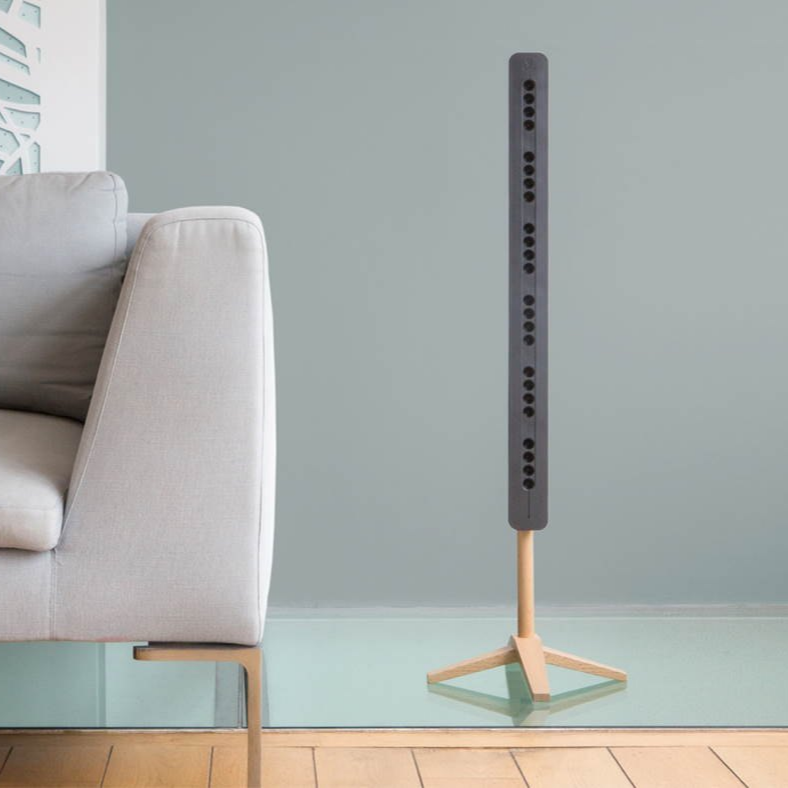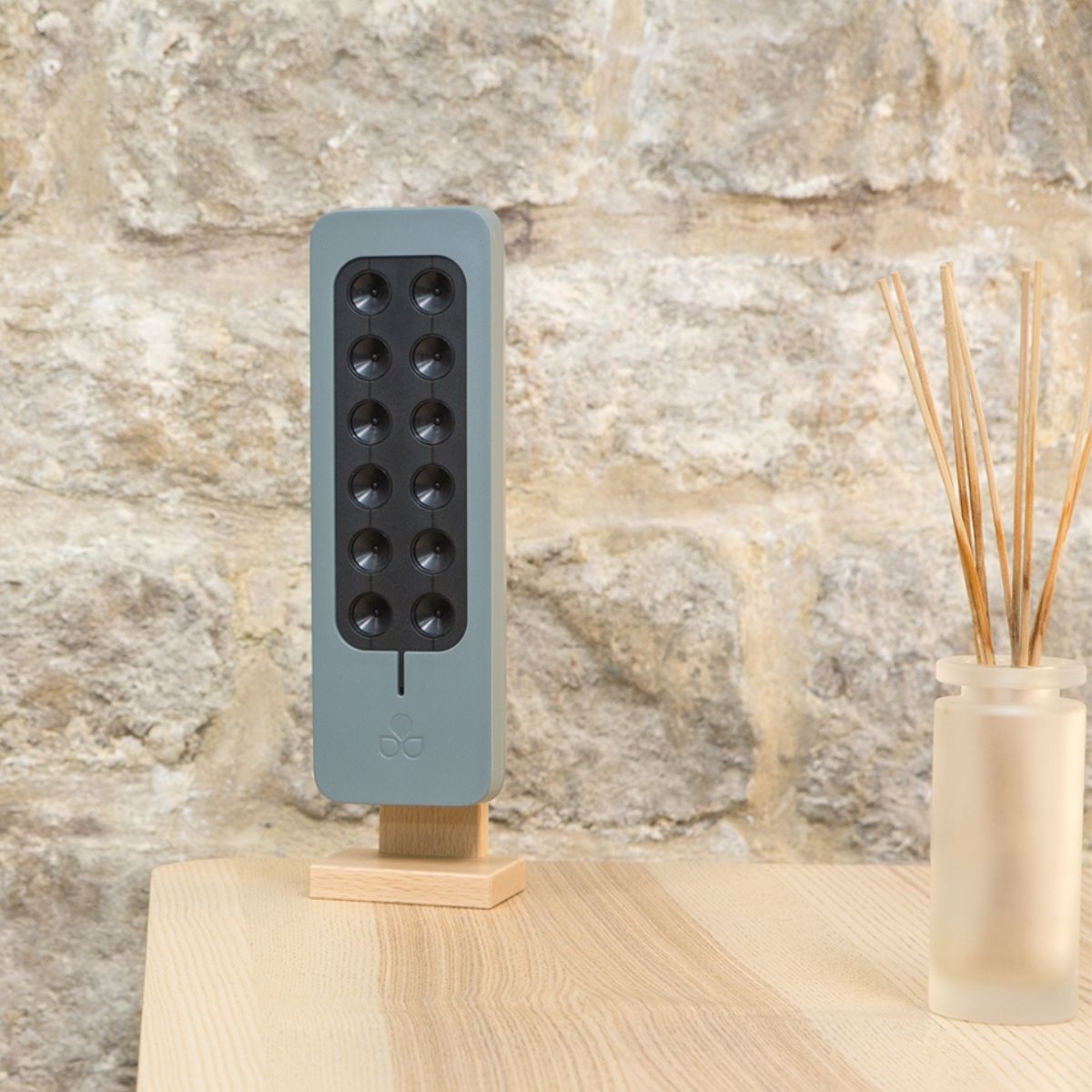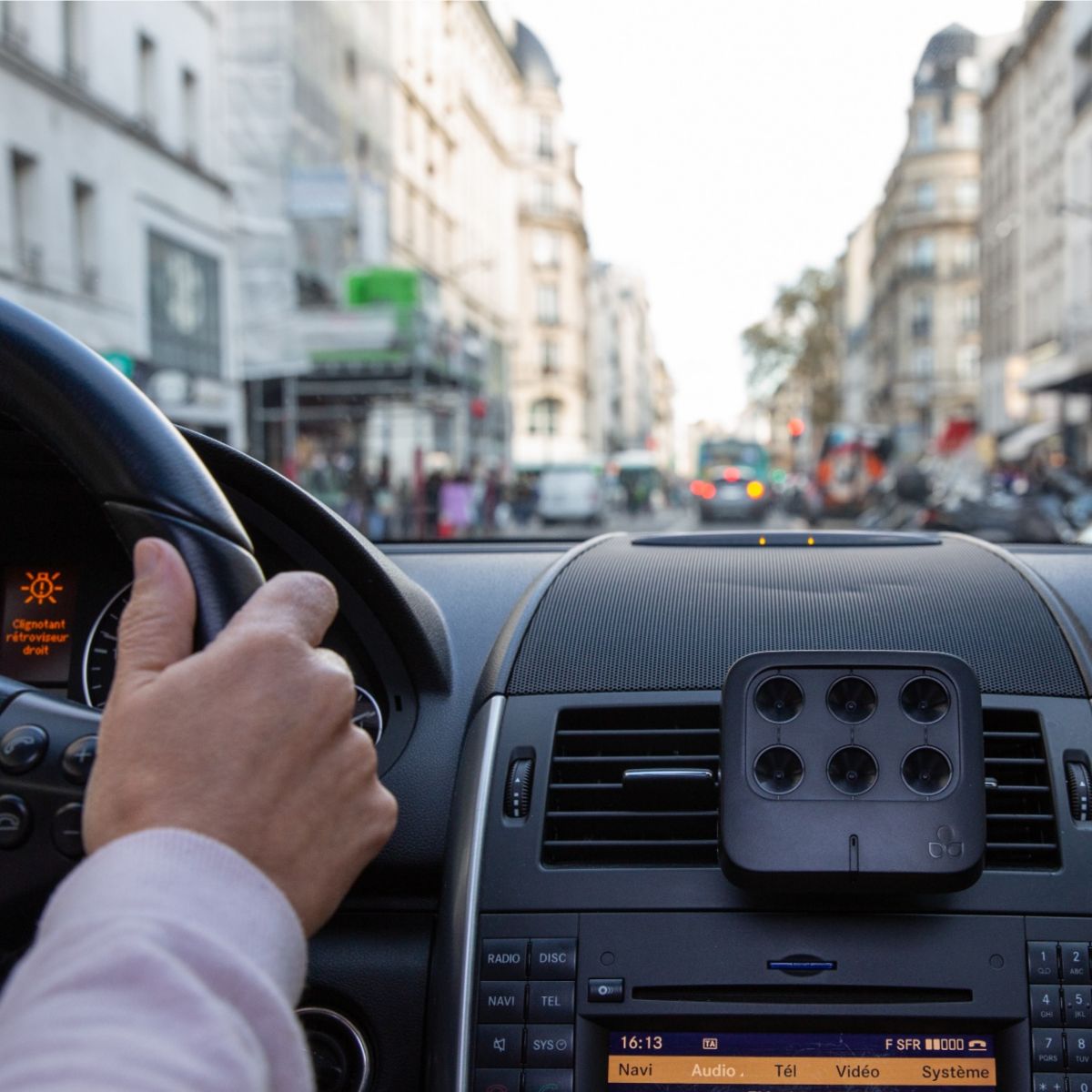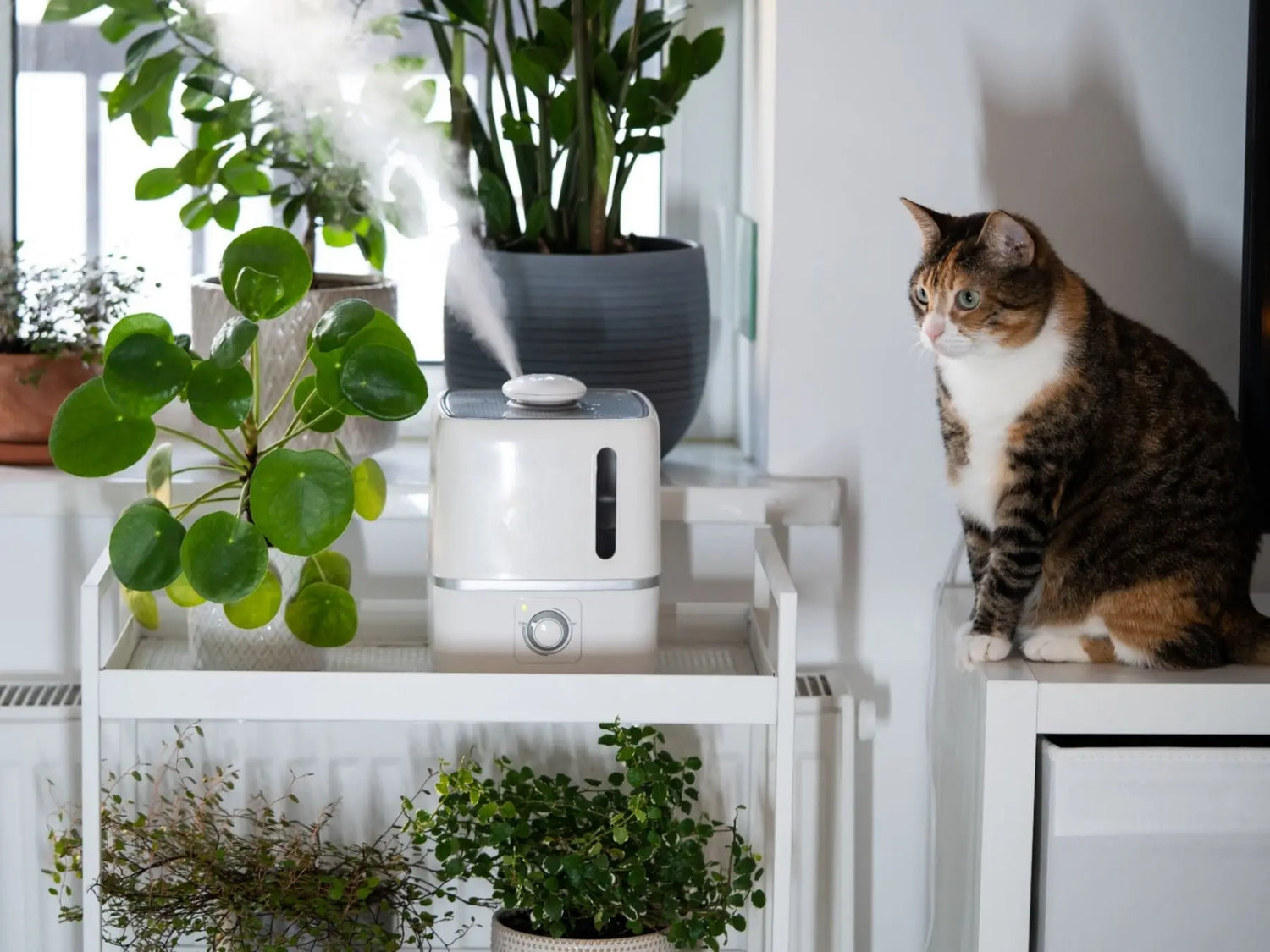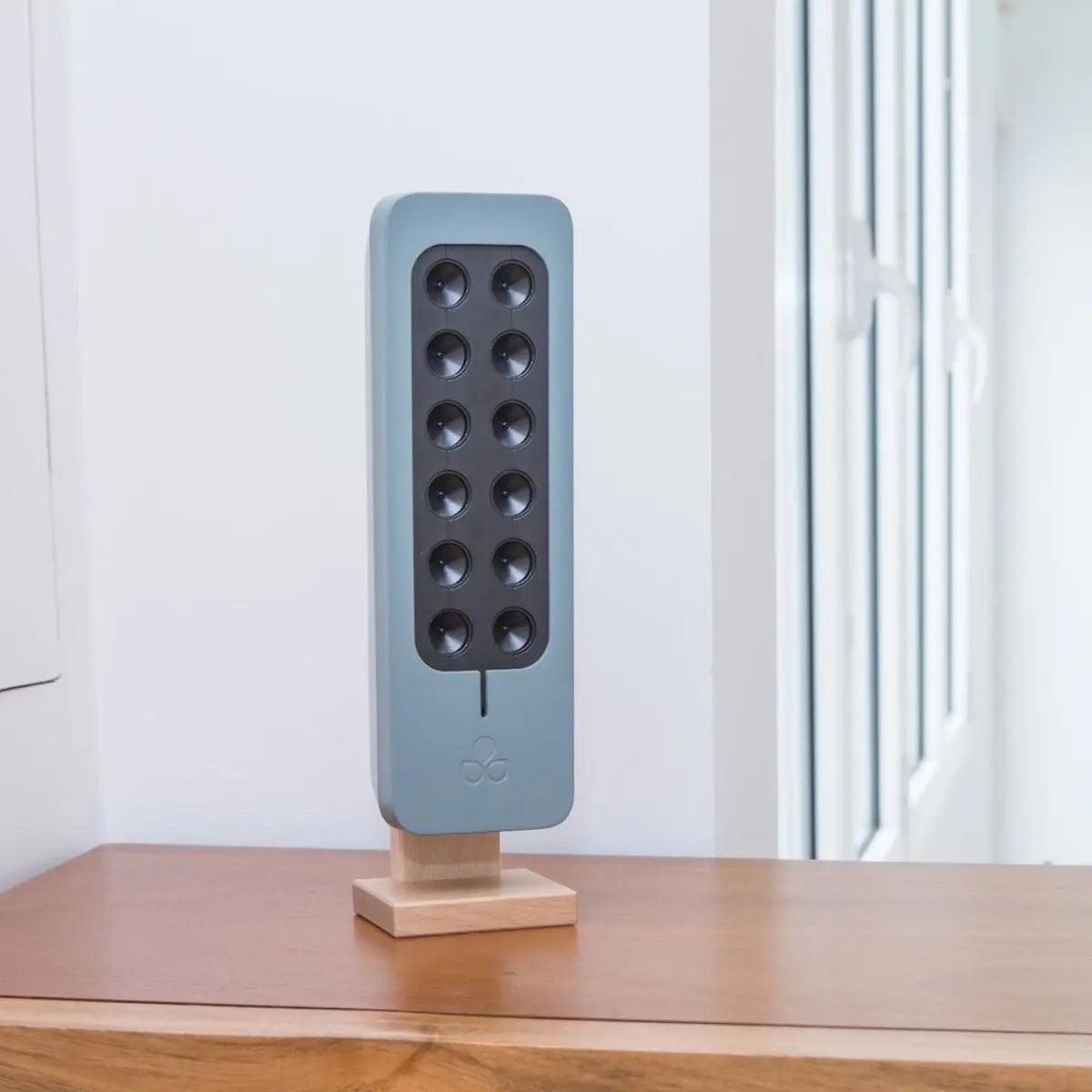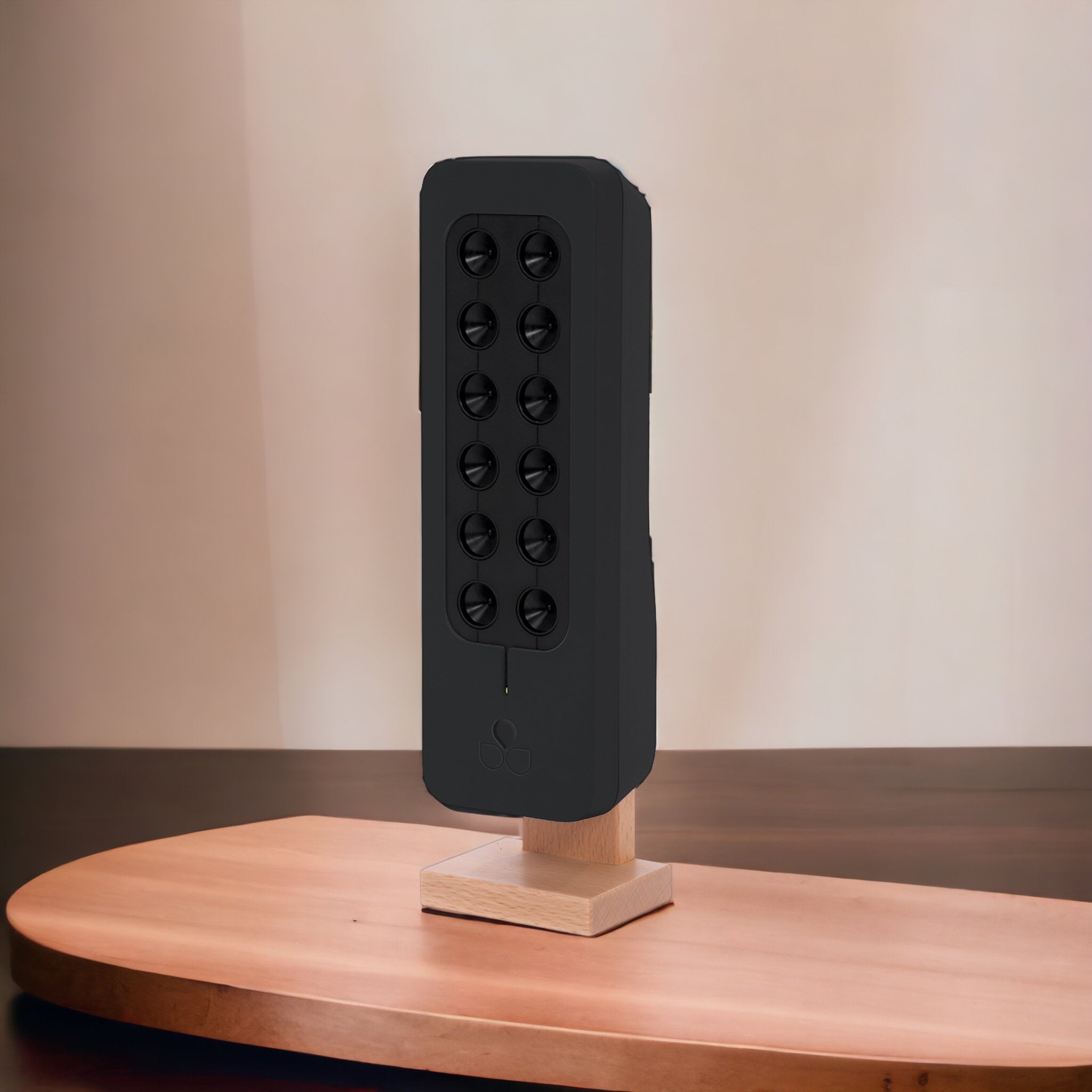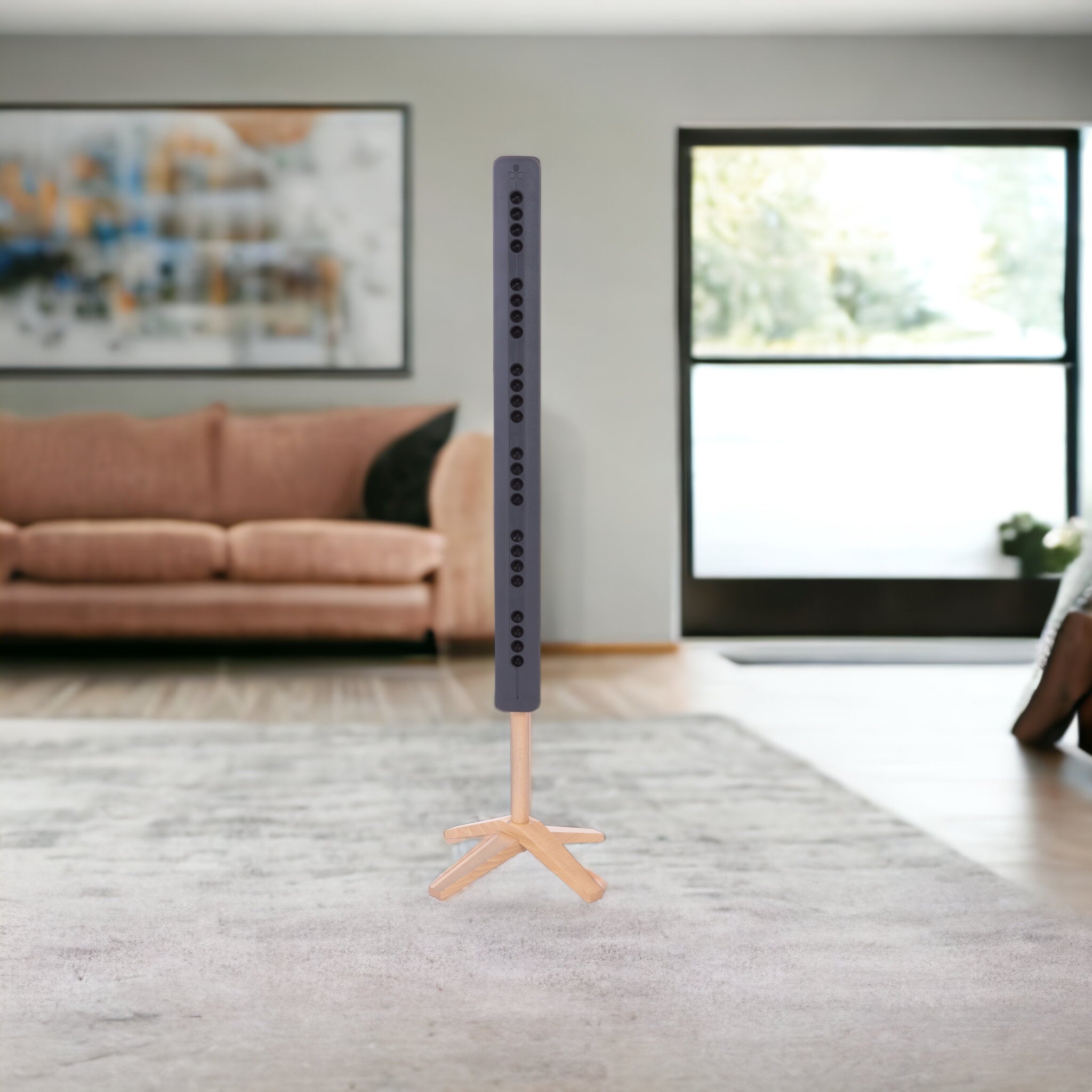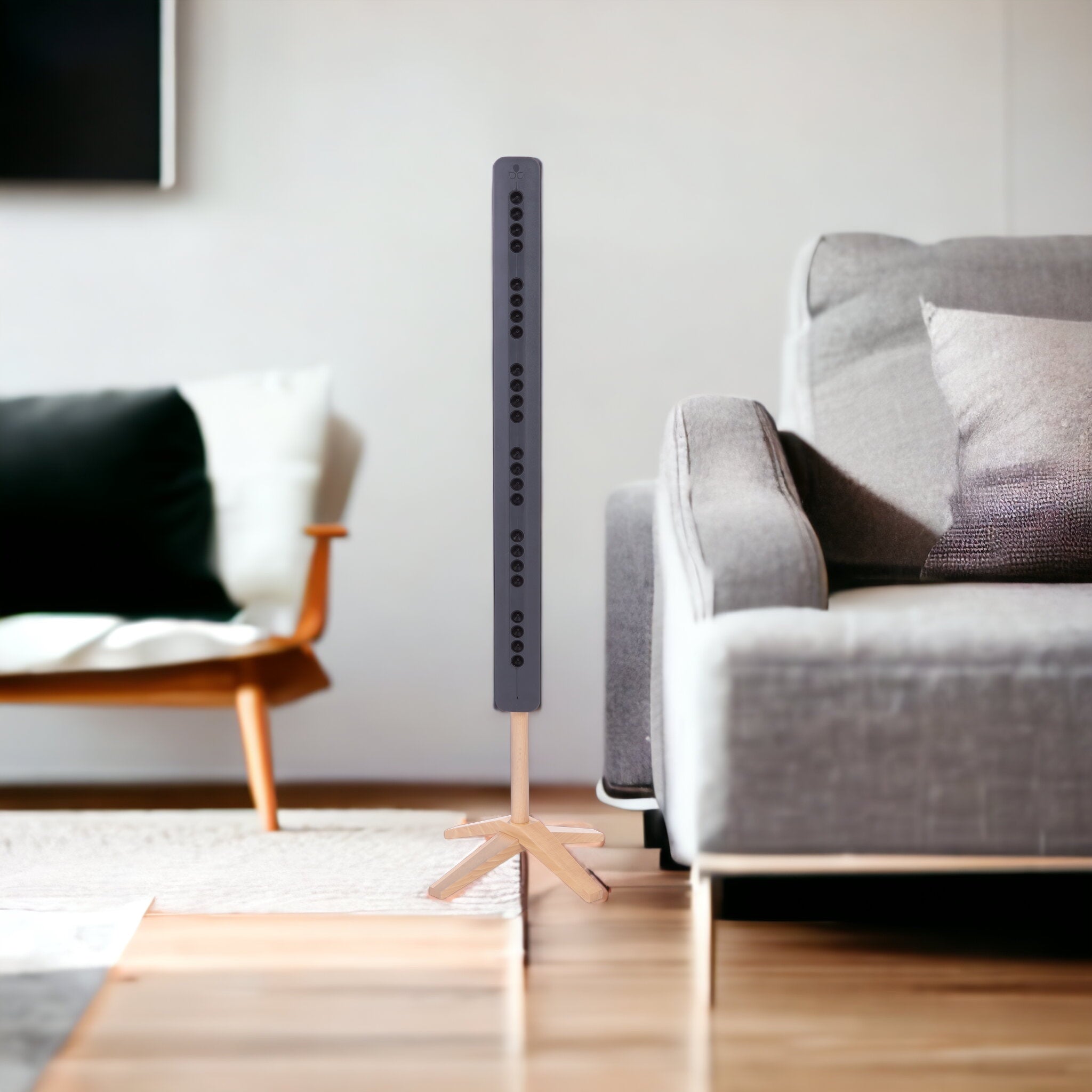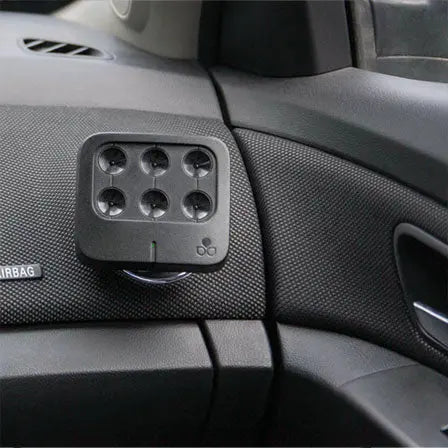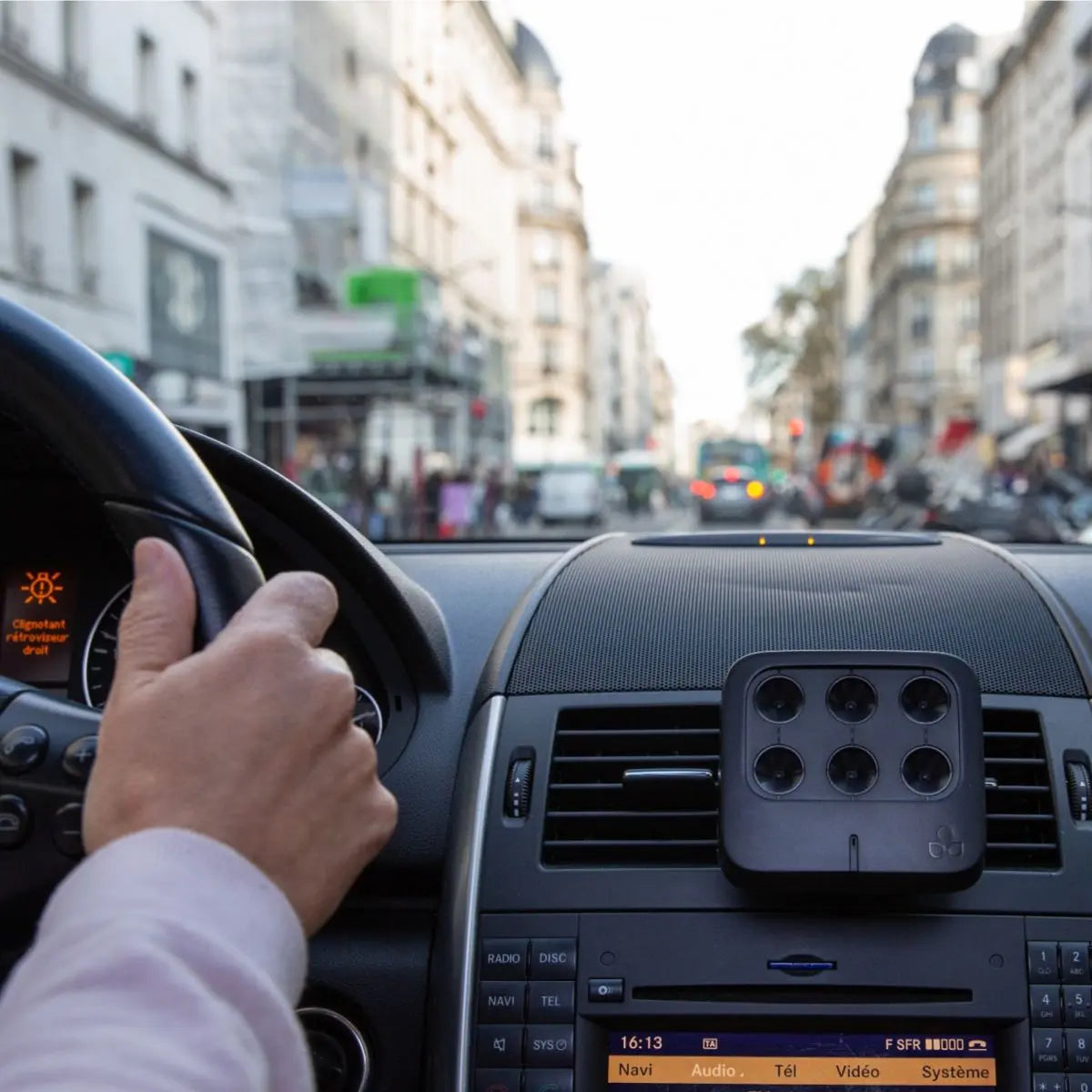How Dry Air Affects Your Home and Health
Dry air can be detrimental to both your home and health. It can lead to increased dust accumulation, accelerate the growth of viruses and bacteria, and cause cracks in furniture and flooring. Health issues like headaches, dry throat, eye irritation, and dry skin are also common in extremely dry conditions.
Air Purifiers: Your Shield Against Air Pollution
Air purifiers are designed to cleanse the air you breathe. They are particularly beneficial for those suffering from respiratory allergies or asthma, as air pollution can exacerbate these conditions. Conventional air purifiers use an air filtration system with disposable filters, which requires careful and regular maintenance.
The TEQOYA Air Purifier: A Revolutionary Approach
Unlike conventional air purifiers, the TEQOYA air purifier employs ionization technology. It doesn't require filters and operates silently. This air purifier releases a large quantity of negative ions that charge airborne pollutants, causing them to fall to the ground. This mimics a natural depollution process that effectively neutralizes various allergens and bio-contaminants.
Effectiveness Against Allergens
Air purifiers like TEQOYA are designed to reduce airborne allergens such as dust mites, pet dander, pollen, or mold spores. Regular use of an air purifier can significantly reduce exposure to these triggers, especially for people with allergies or asthma. TEQOYA air ionizers neutralize up to 99% of ultra-fine particles and germs, reducing respiratory irritation and bolstering the immune system.
Understanding the Differences: Purifiers, Dehumidifiers, and Humidifiers
While purifiers, dehumidifiers, and humidifiers all contribute to improving indoor air quality, they perform different functions. You can use a purifier along with a humidifier or dehumidifier, even in the same room. However, if you're using a filtered air purifier, avoid placing it in the same room as a humidifier. The increased humidity can clog the filters, promoting the growth of mold and bacteria.
Conclusion
Air purifiers, humidifiers, and dehumidifiers each serve unique functions in maintaining a healthy indoor environment. Understanding their role is vital in choosing the right device for your home. While all these devices contribute to improving the air quality, it's essential to use them appropriately for optimum results.
Note: The effectiveness of air purifiers varies depending on the type and brand. Always choose a reputable brand like TEQOYA that employs advanced technology for maximum effectiveness.
Find out how TEQOYA air purifiers effectively combat viruses, including COVID-19, in our detailed article.
Air Purifiers, Humidifiers, and Dehumidifiers: Choose Wisely. Always remember, a healthy home is a happy home. Equip your home with the right devices to ensure clean, pure, and healthy air for your family.
- Air Purifiers: These devices clean the air by removing pollutants and allergens. They are particularly beneficial for people with respiratory conditions.
- Humidifiers: These devices maintain the right level of humidity in the air, especially in dry climates. They can prevent dry skin, throat, and other health issues.
- Dehumidifiers: These devices reduce excess humidity in the air, preventing the growth of mold and bacteria.
- Purifiers, humidifiers, and dehumidifiers play unique roles in maintaining a healthy indoor environment.
- Choose the right device based on your specific needs.
- Always opt for reputable brands for maximum effectiveness and durability.

